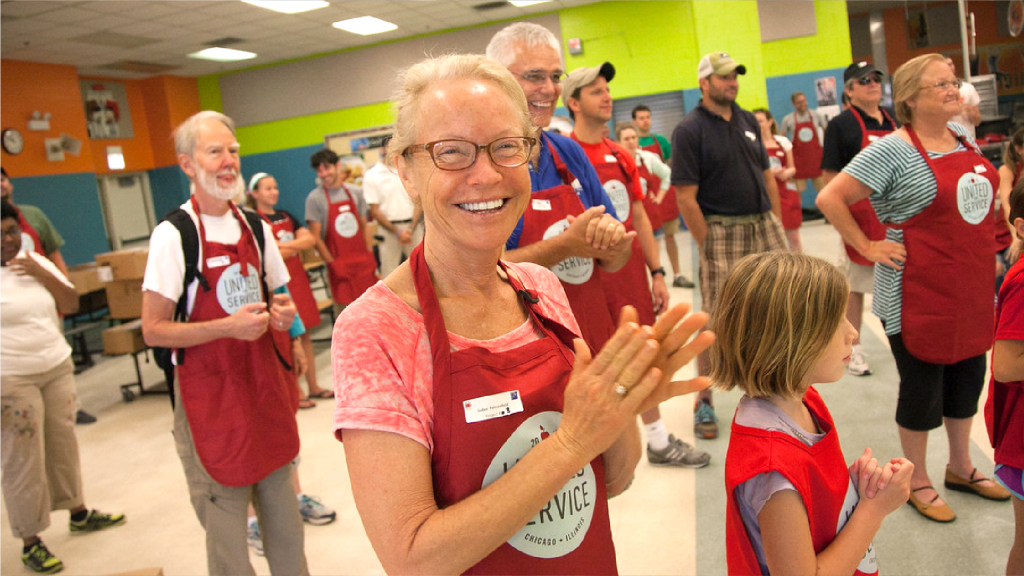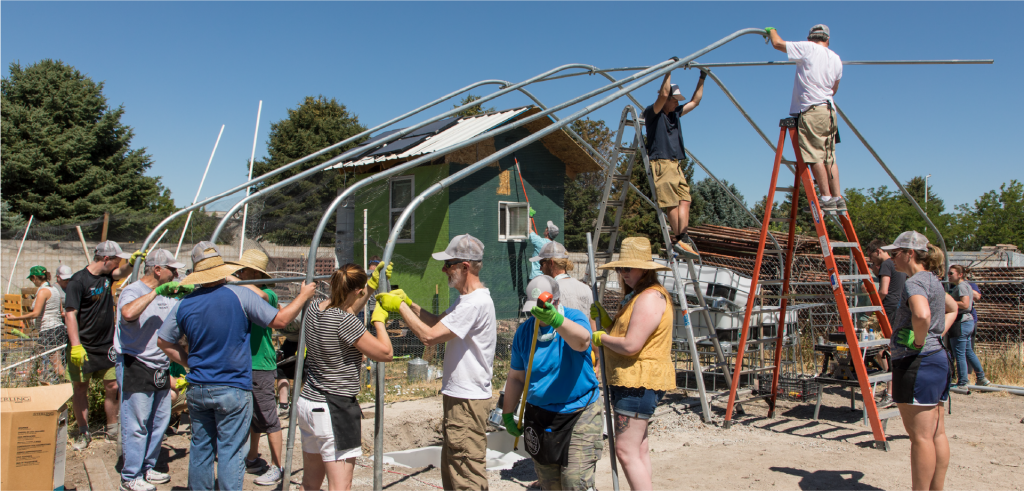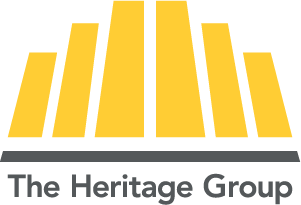Since 2014, Fehsenfeld family retreats have hosted a United for Service event that addressed strategic and specific needs in various areas of the country. This year, with the inaugural United for Service event extended to all employees of The Heritage Group family, Sara Morris, Director of Strategic Experiences, discusses her family’s history of service and the goals of this year’s campaign to address food insecurities in the communities in which we live and work.
Talk about the history of United for Service and to a larger extent, the Fehsenfeld Family’s involvement in service and giving back to communities.
In 2014, the Fehsenfeld Family Council decided it was time to refocus our family retreats. Several fourth-generation family members were wanting to become more involved in activities surrounding our gatherings, wanting to find different avenues for people to connect and give back to the community. The family spent a lot of time determining what was most important to us, and together we decided it was learning & giving back together. We established two models for our family retreats: United for Learning, where we gather to learn about something new, often centered around THG and United for Service, where we collectively take on a community service project. It was always important that all ages could participate, so that even the youngest could create and be part of what the rest of the family was doing. There is something special about grandparents working alongside grandchildren, all coming together to help others.
When that idea was generated, was everyone immediately on board?
It added a new energy to the family and certainly made people feel connected. This initiative gave everyone a new way of viewing how we as a family and now as a company can help others. We have a lot of people who are passionate about conducting service projects in their own communities. In some instances, we’ve been able to listen and learn what others’ passions are and to find venues to share those passions through service. In 2017, we held our retreat in Utah where we worked on my cousin’s urban farm, The Green Urban Lunchbox. Together we built a green house, repaired fences, prepped planting sites, and collected food to be delivered to the local community. It was great being able to learn about a family member’s passion, and to experience it firsthand.

What are the family’s expectations for this year’s United for Service efforts now that it has been extended to include the Heritage Family of employees?
When Amy and I took this idea to the family council to let them know we were expanding our efforts, everyone was overwhelmed with excitement and support. I could see us [the Fehsenfeld Family] doing this again and working alongside Heritage employees. There are great opportunities in the future.
What do you hope employees get out of this initiative?
I would love for people to make new connections or deepen relationships with employees and colleagues. I would love for people to better understand the importance of this kind of work, because as a family, it is deeply important for us. My hope is that it instills in employees a sense of pride for the organizations they work for and that they’re enthusiastic about addressing food insecurities across the country. Partnering with the United way is an exciting opportunity and I hope we can make an impact in our communities.
What specifically about food insecurity and our united mission to address hunger relief speaks to you?
I have spent the last several years learning from our employees what’s most important to them and their families to help inform our Heritage Group giving pillars. Food insecurity wasn’t initially one topic we addressed, but it became clear with the onset of the pandemic in early 2020 that we cannot support the mission and goals of our pillars if people cannot eat. Food scarcity during that time became a very eye-opening, important experience. If, during the pandemic kids were not attending school, those kids still needed to find their next meal. Born out of that was our ongoing partnership with Gleaners, which is the largest food pantry here in Indiana. I imagine a lot of folks in Indianapolis are familiar with them, but much like our industries are spread across the state, so too is their presence as they distribute food throughout Indiana.

After the impact is measured and we’ve wrapped the inaugural United for Service campaign, what does success look like and how will we know if we have achieved our goal?
This is the first time we’re doing United for Service with members of the company, and I think it’s always hard to predict the outcomes the first time you do something. I hope we can listen to feedback and learn how we can better position ourselves for a greater impact next year, because this is going to be an annual event for The Heritage Group and our operating companies. Success for me is creating an experience that sheds more light on what the culture of Heritage is to a larger audience while proving to communities and our employees that this is who we are as a company. If we can empower our employees to connect with service initiatives in their communities, then we instill within them a source of pride for the work they do every day.
Of course, we are still planning for the first company-wide campaign, but if you were to name hopes for the future of United for Service, what do you want its legacy to be?
There is something about having this event in November, when our construction materials teams have quieted down a bit and we are entering a season of reflection and celebration with not only the date the company was founded, but Thanksgiving occurring the week after, that it all just feels special. I love the energy surrounding this drive and I love the idea of supporting causes that provide people with food access. I want it to be an event that grows each year. I am hopeful that our employees, regardless of location, can take part in some way.

